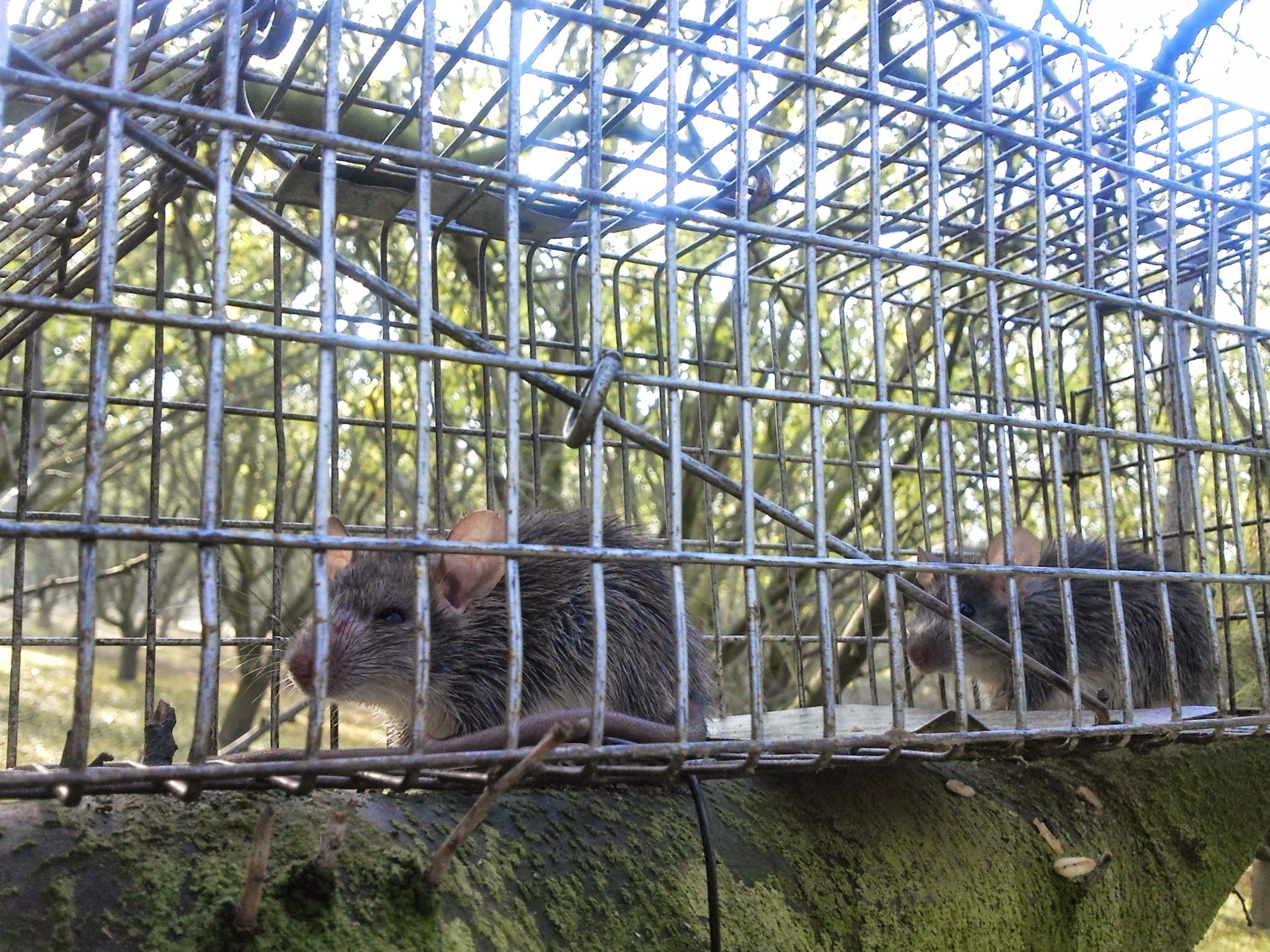Rats build nests in places you wouldn t think rats could get to but rats are contortionists.
Roof rat nest size.
Roof rats being the smaller sized ones with a considerably slender body.
If you have roof rats you may see rat droppings around your home outside your home or in your yard.
Their undersides are often white gray or black.
Roof rats are long and thin rodents that have large eyes and ears a pointed nose and a scaly tail.
Adult roof rats measure 6 8 16 20 cm when combining their head and body length.
The diet of the roof rats is entirely different from their brethren species.
Rat droppings just like what we mentioned above rat droppings indicate the presence of rat nest in your garden around 40 pellets per day.
Damaged garden hose rats would bite garden hoses in an attempt to get water or source for building their rat nest.
These droppings may be near the dropped eaten fruit mentioned in 1.
Roof rats like to jump and climb high up thick trees dusty attics barns garages walls and inside ceilings when building their nest.
Roof rats are most active between dawn and dusk which is most likely when they will be heard if you have an infestation.
And also because the norway rat can quickly adapt to the changes in the temperature compared to the roof rats.
Another difference is that the roof rat is more slender with a longer tail than the norway rat.
Their rat nests are about 18 inches down where female rats will have separate chambers to house their newborn rats and young rats.
Roof rats possessing a long tail.
They only need an opening the size of a quarter to gain access to a building.
On the basis of the tail size.
Other roof rat features include large ears with very little hair and pointy faces.
Outdoors you can find roof rats nesting in trees shrubs wood piles and dense vegetation.
Unlike other rat species roof rats are also good climbers and build nests above ground not underground in burrows.
The roof rat also called gray bellied rat white bellied rat alexandrine rat black rat and ship rat.
Capable of squeezing into spaces smaller than half an inch these nocturnal critters love to nest in trees attics roof lines and ceilings as they prefer living more than four feet off the ground where they build leafy nests for their young.
Roof rats have soft and smooth fur that is typically brown with intermixed spots of black.
The roof rat rattus rattus linnaeus is smaller in size than the norway rat.
Roof rats typically chew holes that are fairly large sometimes bigger than two inches in diameter and rough around the edges.

